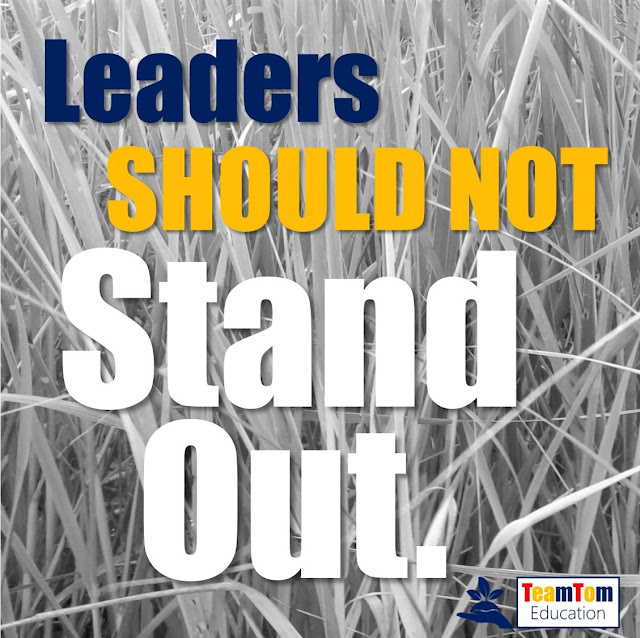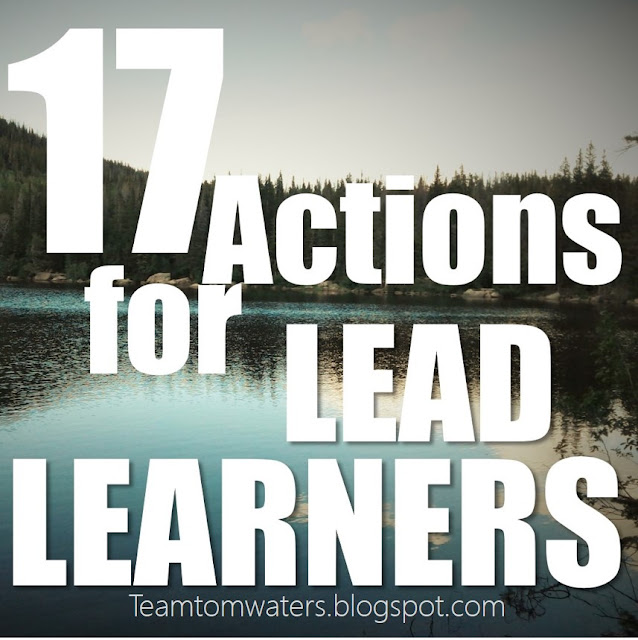Why Do Amazing Educators Embrace Data for Success?

Data is not new to education, but its use has many iterations. What are connected educators saying about data best practices? Why do amazing educators embrace data? How is data currently used to improve performance? What words of caution do thought leaders provide? How Do Your Teams Measure Success? Goals and plans are useless without targets. I can have the best plan, but where is it taking me? How will I know when I get there? The same applies for schools. Data does nothing alone. It requires context, culture, and targets to take on meaning. I Never Heard a Number Explain Itself A bit of caution on measurement. There is always a story behind the numbers. Qualitative observations are essential. - Douglas Reeves @DouglasReeves Contextual factors are always present within the classroom, the school, and the home. Those factors do impact numbers. We can change contextual factors, but it takes we. When we ask why in response to data, it's easy to blame the only adult in t...













